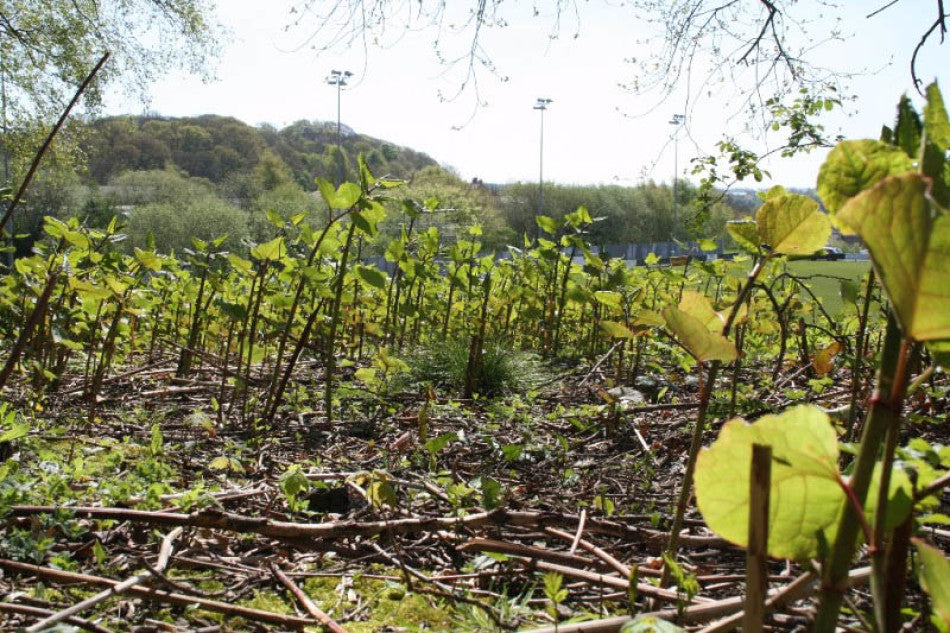Launch of the INNSA Code of Practice
INNSA has launched a new document: the INNSA Code of Practice, Managing Japanese Knotweed. This document provides a comprehensive guide to managing this most difficult of weeds, as well as in-depth, up-to-date information on legislation, pesticides and standards relating to the plant and its remediation.

Present at the launch were some of the UK's most experienced invasive species removal specialists as well as representatives from local authorities, developers and amenity contractors. The INNSA Code of Practice is aimed at all of these groups, with the intention of providing clear guidance on best practice, in line with INNSA's goal of improving standards within the industry.
The new INNSA Code of Practice stands on the shoulders of the Environment Agency's Code of Practice: Managing Japanese Knotweed on Development Sites, which was the definitive document on the subject for more than a decade - until its withdrawal in November 2016. At this time, the EA's Code of Practice was handed over to industry, and INNSA have extensively re-worked the document to bring it up to date and in line with current industry best practice.
The EA Code of Practice provided a detailed framework for a sector which virtually didn't exist before the Code's release and the document included significant exemptions to waste and environmental permitting regulations which unburdened the nascent industry from red tape.
While INNSA members all offer the highest standard of specialist invasive species remediation services, there are many contractors out there who do not tick all the boxes required to properly remediate Japanese knotweed over the long term. This uncertainty and potential for poor standards of works poses a problem for home owners, land owners and developers alike.
The solution is to ensure that industry implements best practice and that consumers understand that Japanese knotweed eradication requires a minimum specification in order to be successful in the long term.
The INNSA Code of Practice provides that specification.
The new Code includes updated information from the Environment Agency's current invasive species guidance (Regulatory Position Statement 178) as well as the INNSA Standards, which are guidelines that form a baseline which all INNSA contractors must adhere to while remediating Japanese knotweed.
The INNSA Code of Practice provides reliable guidance for INNSA members and other contractors - but it is also aimed at anyone who requires Japanese knotweed services.

Copies of the INNSA Code of Practice - Managing Japanese Knotweed are available from INNSA, call 0800 1300 485 or email info@innsa.org
